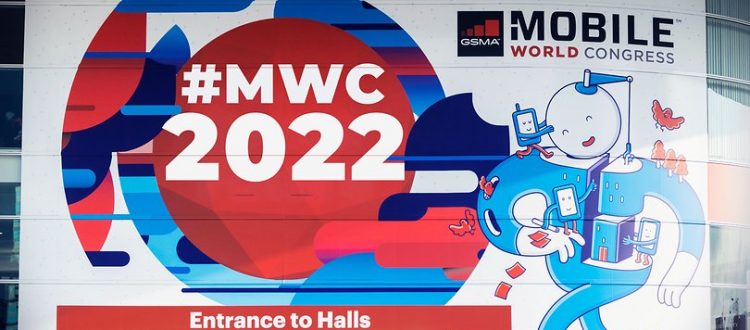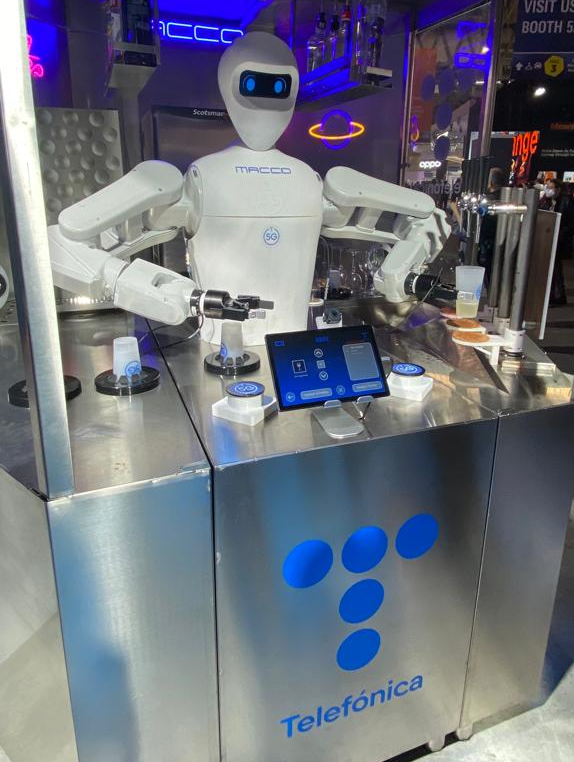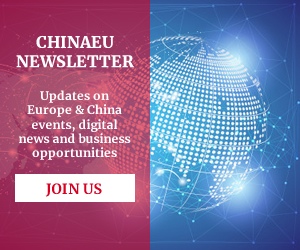The Mobile World Congress 2022 in the Metaverse
After two years of interruption by Covid-19, the Mobile World Congress was back once again in Barcelona from February 28 to March 3, gathering over 60,000 visitors in person to what is recognized as the most influential trade fair in the mobile telecom industry.
ChinaEU had the pleasure to attend the four-day event.
Here are our key takeaways from the visit:
1. Metaverse is the new hype
Since Facebook rebranded itself into Meta, the “metaverse” has become the new buzzword in the tech industry and MWC did not miss the opportunity to give large space to the new trend – broadly depicted as an immersive virtual world that will transform the way we communicate, work, create and transact. At MWC, many players unveiled their version of the metaverse. Taiwanese company HTC presented Viverse, inviting visitors to put on different types of Vive headsets to enter into new worlds, like the paintings of a virtual museum. The stand of French telecom operator Orange was fully dedicated to the metaverse, offering people to visit the Notre Dame Cathedral in VR, or even drive a toy car located miles away real time. South Korean SK Telekom attracted herds of visitors to queue for hours to get a “4D Metaverse” ride, while Spanish telecom operator Telefonica, who went as far as appointing a Chief Metaverse Officer, brought visitors back to the real life future, with a robot dispatching cocktails.
2. 5G as the key connectivity enabler
As pointed out by Mark Zuckerberg, Meta’s founder and CEO, “creating a true sense of presence in virtual worlds delivered to smart glasses and VR headsets will require massive advances in connectivity.” And indeed, the mobile telecom industry presented itself at MWC as the necessary enabler of the new metaverse. 5G, thanks to its higher bandwidth, improved reliability and lower communications latency, is precisely the technology which will allow for the widespread use of futuristic scenarios like advanced VR experiences, as well as self-driving vehicles, remote medicine, industry automation, etc. Billions in investment are still needed for the commercial rollout of 5G worldwide. The CEOs of the major telecom operators used the keynote sessions at MWC to urge device manufacturers and online service providers to partake the costs of deployment of the infrastructure.
3. Digital at the core of the green transition
The mobile tech industry in Barcelona reminded the public that digital is not only a driver of a smarter and connected world, but also a key enabler of a greener world. EU policymakers do not spare occasions to recall that green and digital are twin transitions that go hand in hand. One company that went all in with this message is Huawei, whose stand at MWC – one of the largest – focused more on green development than on the launch of new products. Among the solutions presented were green, intelligent next-generation data centers with reduced energy consumption and shortened construction period. In the latest annual report, released on 28 March, Huawei revealed some figures on its contribution to reducing the carbon footprint of the company, its suppliers and the industries it works with, citing for instance a reduction of 848,000 tons of emissions as a result of 1.75 billion kWh of electricity being bought from clean sources.
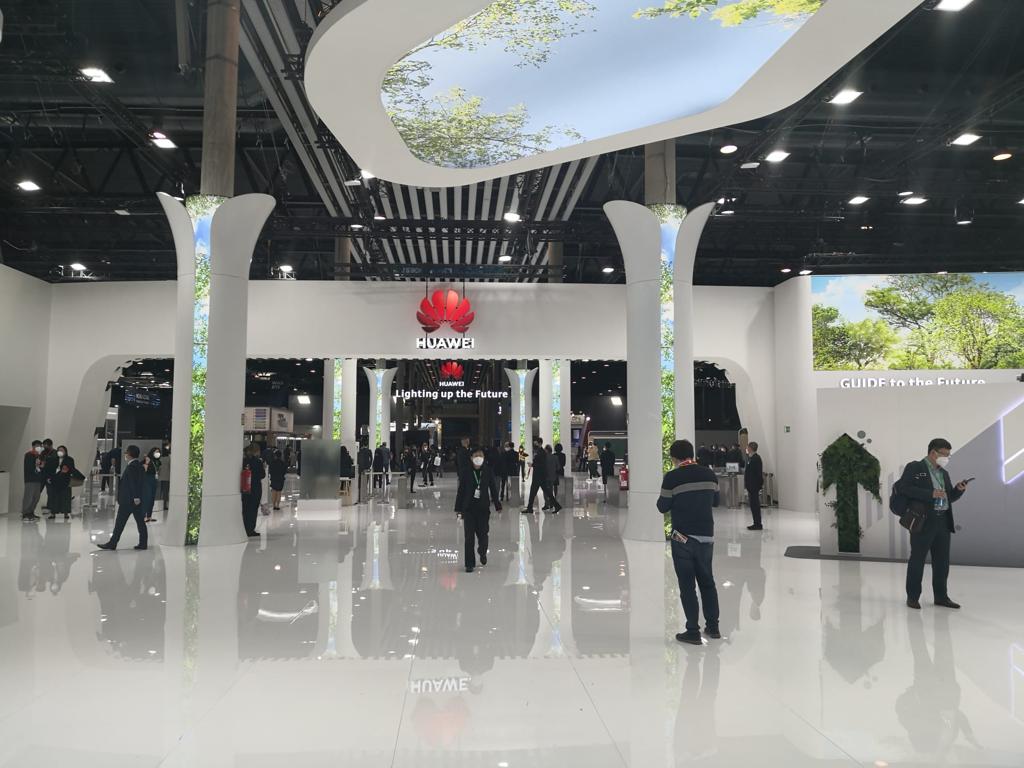
4. New smartphones and connected devices
Chinese smartphone makers made headlines at MWC. Oppo, Realme, Vivo and Honor (formerly owned by Huawei) all unleashed new models at MWC, aiming at entering Europe’s premium smartphone market. Oppo also unveiled its new fast charging technology, which promises to charge a smartphone battery in only 9 minutes. Xiaomi – today the third smartphone vendor in Europe after Samsung and Apple – focused on its IoT ecosystem, which by end 2021 counted 434 million connected devices (excluding smartphones, tablets and laptops), from home appliances to the newly unveiled cyberdog. Huawei – which this year did not present any smartphone – presented an array of smart office, smart home and smart school solutions, like the now popular IdeaHub – an interactive whiteboard for remote work and education.
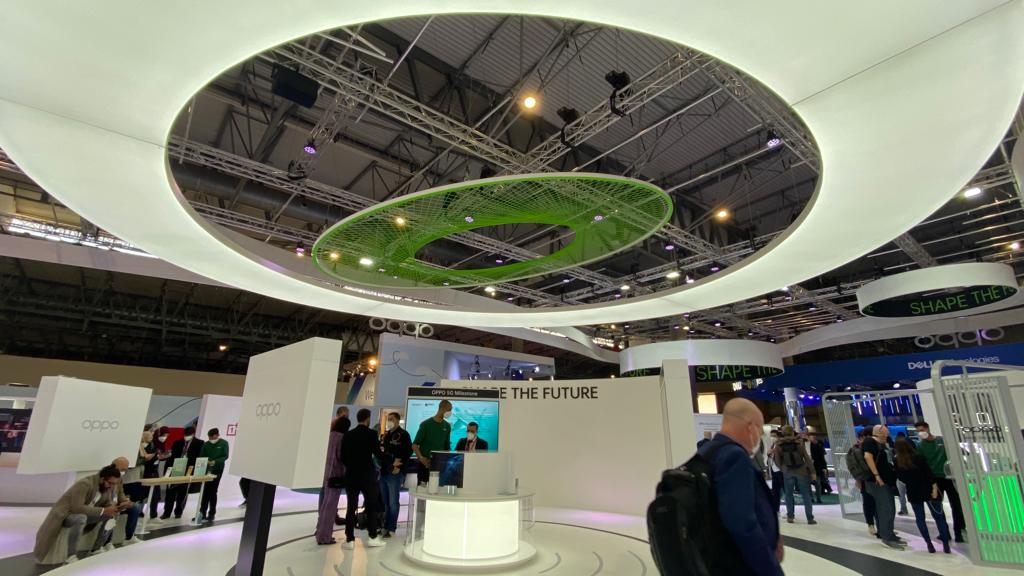
5. Fintech as the hot topic in the startup scene
Another hot theme at MWC this year was fintech. There were dozens of summits and panels on this topic, encompassing everything from mobile payments, crypto currencies and central bank digital currencies (CBDCs) to non-fungible tokens (NFTs). Many fintech startups populated the dedicated pavilion of 4YFN. Among the most striking names were Binance – the world’s largest crypto exchange, German mobile banking N26 and B2B online banking payment company Qonto.

